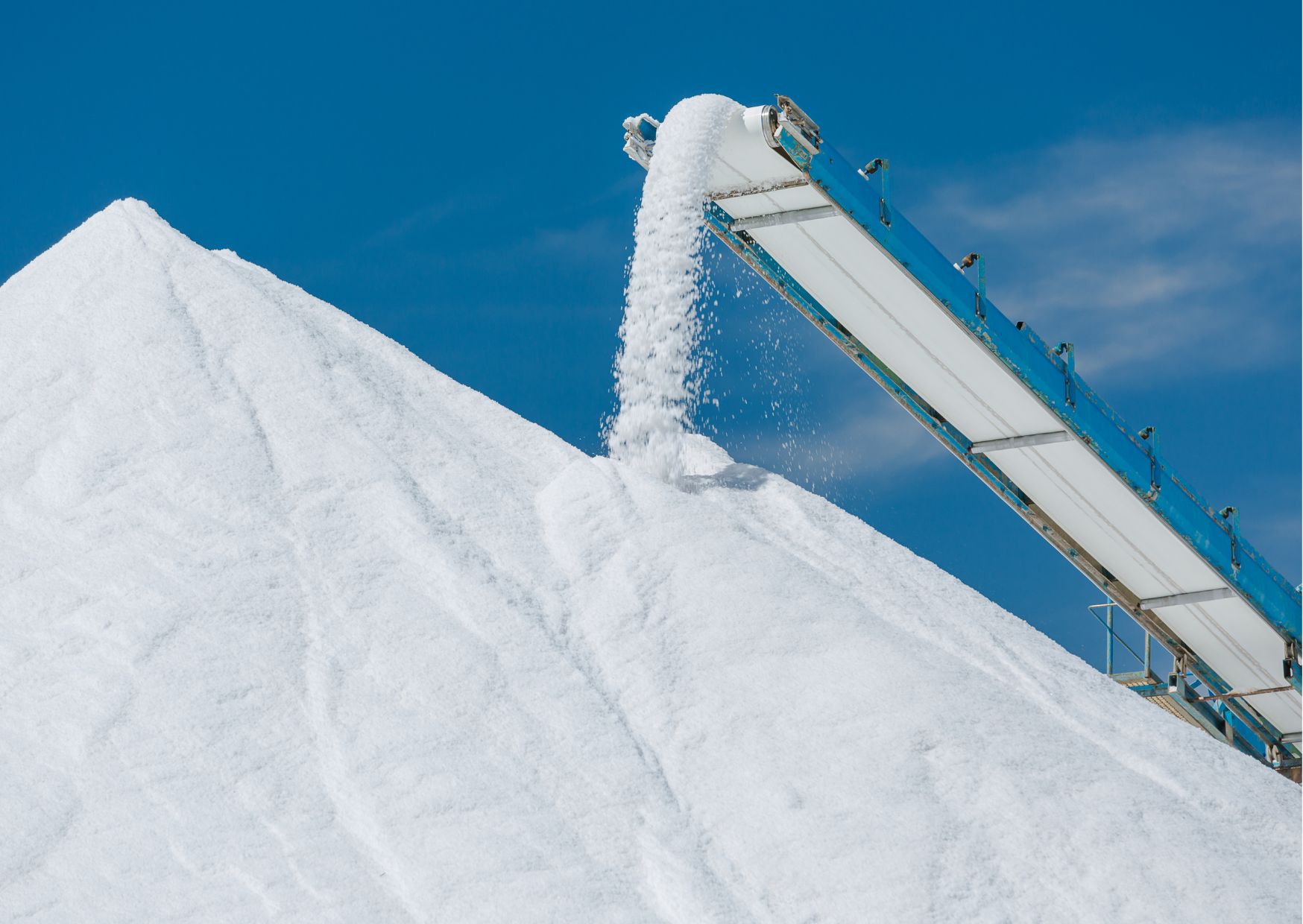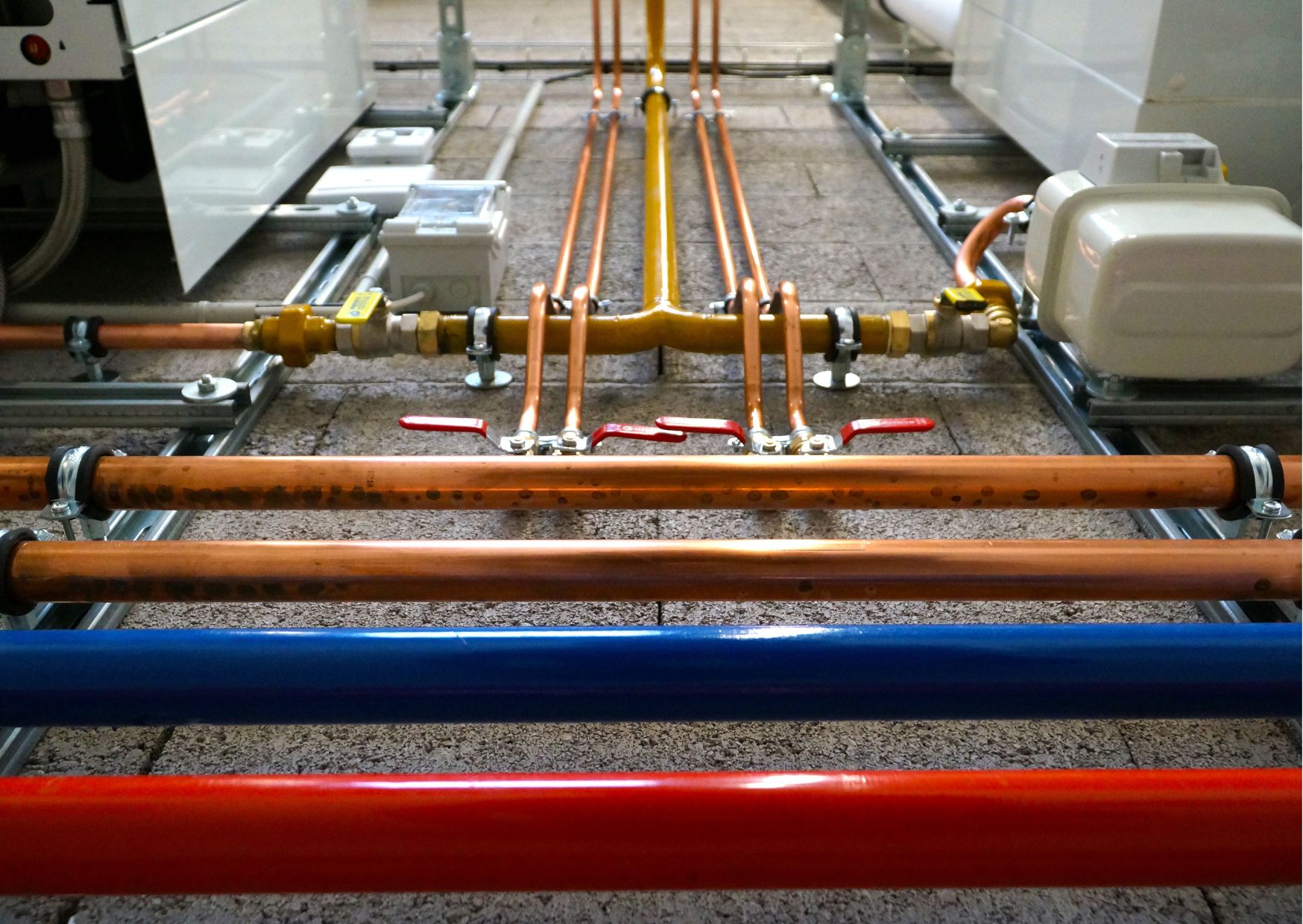
Currently, half of the world's CSP operating capacity (6.3 GWe in 2022) is with molten salt storage.
The advantages of using solar salts as heat transfer fluid and storage material lie in their environmentally friendly low carbon footprint in production, high volumetric heat capacity and high temperature operation, which increases cycle efficiency.
The CSP projects planned worldwide until 2025 - predominantly hybrid - foresee a proportion of more than 80% with molten salt storage. Due to the great potential of solar salts, it is important to consider possible applications for CSP plants in combination with hybrid projects.
 Fraunhofer Chile Research
Fraunhofer Chile Research